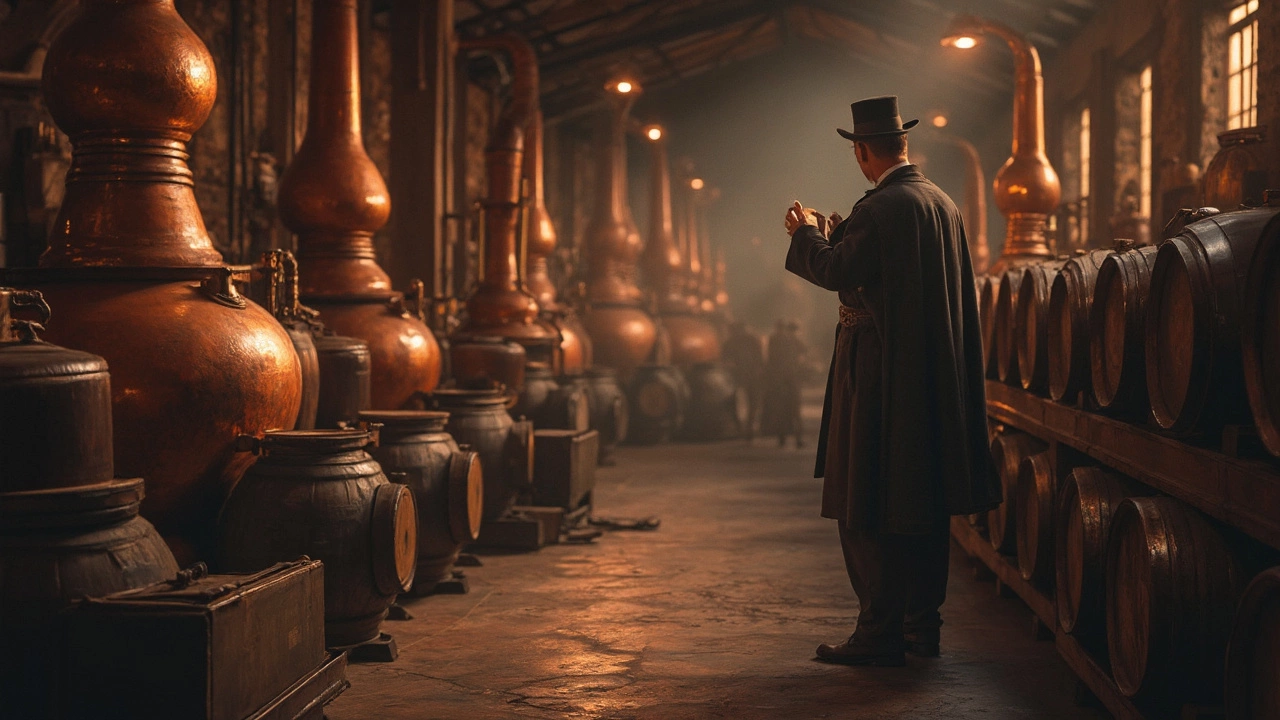Whiskey Notes: Identify Flavors & Boost Your Tasting Skills
If you’ve ever taken a sip of whisky and felt something you couldn’t name, you’re not alone. Noticing the little details in each glass can turn a casual drink into a full‑on flavor adventure. The good news? You don’t need a fancy degree – just a few simple habits and a bit of curiosity.
What Are Whiskey Notes?
Whiskey notes are the individual flavors and aromas you pick up while you smell and sip. They range from sweet things like honey and vanilla to smoky, spicy, or even fruity hints. Think of them as the building blocks that give each whisky its personality. When you start naming those blocks, you’ll be able to compare bottles, find your favorites, and talk about them with confidence.
How to Train Your Palate
First, choose the right glass – a tulip‑shaped whisky glass works best because it focuses the aromas toward your nose. Turn off strong lights and any overpowering smells in the room; a neutral environment lets you hear the whisky’s story. Take a moment to look at the color; a deeper amber often hints at longer aging or a richer cask influence.
Next, bring the glass to your nose. Inhale gently, then give it a quick, deeper sniff. Don’t over‑think it – just let the scent hit you. Common nose notes include citrus (orange peel, lemon), dried fruit (fig, raisin), oak, caramel, and a whisper of peat smoke. Write down the first three things you notice; they’ll become your baseline for that whisky.
Now for the sip. Take a small mouthful and let it coat your tongue. Pay attention to how the flavor moves from the tip to the back of your mouth. Sweet notes like honey, toffee, or vanilla often appear first, followed by spice (pepper, cinnamon) and finally the finish – that lingering after‑taste. A smoky finish usually means a peated malt, while a nutty linger points to sherry cask influence.
Use a simple tasting wheel to match what you feel with proper terms. Many whisky blogs offer free PDFs – print one out and tick boxes as you go. Over time you’ll notice patterns: a bottle you love might consistently show “apple” and “spice” notes, guiding you to similar whiskies.
Pairing food with the right notes can make the experience even richer. A whisky with strong fruit notes pairs well with dark chocolate or aged cheddar, while a smoky Scotch shines alongside grilled steak or smoked salmon. The key is to match the intensity – a delicate whisky doesn’t need an overpowering dish.
Practice makes perfect. Schedule a weekly “note night” with friends or just by yourself. Choose a new whisky each time, repeat the nose‑sip‑note process, and compare results. Over a few months you’ll build a mental library of flavors and be able to describe a whisky in one or two sentences.
Finally, don’t stress about getting every note right. Whiskey tasting is part science, part personal taste. The more you listen to your own palate, the more enjoyable the journey becomes. So grab a glass, take a deep breath, and start naming those notes – your whisky adventure is just beginning.
This article explores the intriguing world of whiskey from the perspective of someone who doesn't drink. Discover how specific flavors and aromas might be interpreted by a non-drinker, including tips on recognizing key whiskey notes. Whether you're curious or cautious about trying whiskey, this guide offers honest insights and ways to appreciate its complexity without ever taking a sip.
View Details

